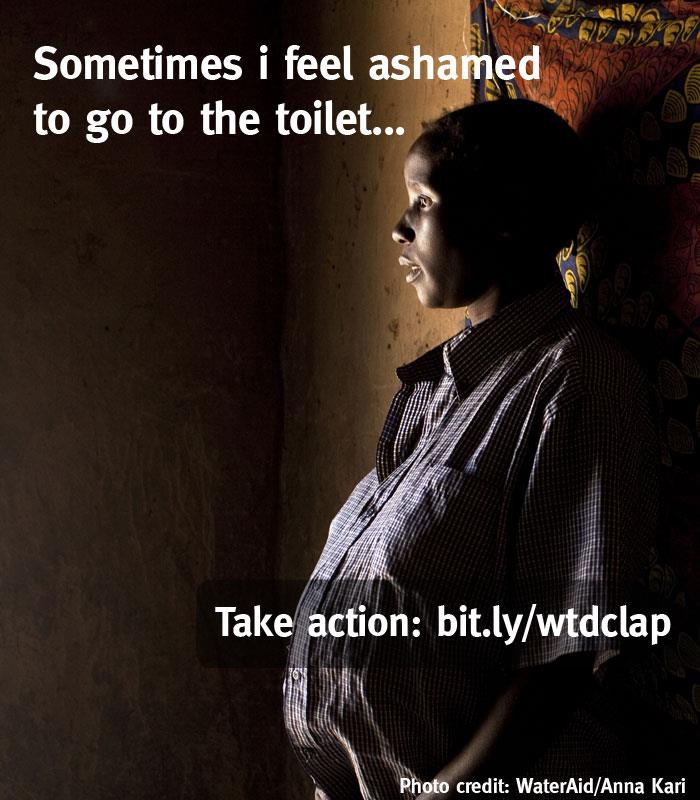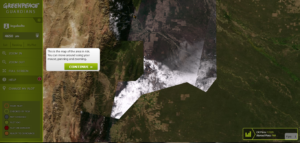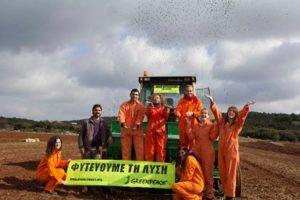When WaterAid UK started its campaign to increase funding for sanitation, it had one big obstacle: a low budget.
Social media seemed to be a good, low-cost option, but digital campaign director Ross Bailey says there was another obstacle: WaterAid had just 726 fans on Facebook.
That’s when he turned to a new option — Thunderclap.
“It’s a new tool,” he says in a webinar co-ordinated by software company Engaging Networks. “It’s not revolutionary, but it’s simple to use.”
WaterAid created a campaign page on Thunderclap that consisted of this message:
“#1in3women worldwide live without a #toilet Watch #wateraid new film and take action on #worldtoiletday Pls share/RT ”
The campaign launched Oct. 22, 2012 leading up to Nov. 19, World Toilet Day.
“On Facebook, we had 726 supporters. That’s not that many, but each of them that sent that message out on Facebook and on Twitter meant that a potential of 365,000 people could see that message on the day of release of the campaign,” Bailey adds.
With a tagline “Be heard together,” Thunderclap advertises itself as the “first-ever crowdspeaking platform that amplifies one message with many voices” but for WaterAid it was “a way to rise above the noise of your social networks.”
Forbes magazine reports that Thunderclap, designed by product development studio De-De — an offshoot of ad agency Droga5 — is a solution to the difficulty posed by the proliferation of Twitter. On that medium, all tweets carry equal weight; an important one might be easily list in the sea of chatter.
How it works:
On Thunderclap, a user invites followers to support his Thunderclap, which could include a link to a petition, a campaign, or, as Forbes puts it, “pretty much anything else.”
Followers can authorize Thunderclap to tweet from their account once the support for the “clap” hits a certain level.
“The campaign culminates in an explosion of simultaneous tweets big enough to send a ripple across Twitter’s 140-million-strong user base,” says Andrew Essex, Droga5′s CEO.
And it worked.
“We saw a dramatic increase in likes and comments on our (Facebook) page,” says Bailey. “One page alone that featured a photograph of a lady who was pregnant and needing sanitation services, reached 174,000 people.”
The other aspect to the WaterAid campaign was its reliance on images with overlaid text. WaterAid used images with messages such as this one to engage its Facebook fans in the Thunderclap message by linking to it.
Sandihma faces danger every day just reaching the toilet Will you stand with Sanidhma and #1in3women worldwide on World Toilet Day next Monday? Lend us your voice here: http://bit.ly/wtdclap
The message attached to the image of the pregnant woman was this:
Milimo Mwiinga lives in Zambia and doesn’t have access to a proper toilet. If you believe that no woman should have to go through this during pregnancy, share her photo and give us your voice this World Toilet Day:http://bit.ly/wtdclap — with Sohail Ansari.
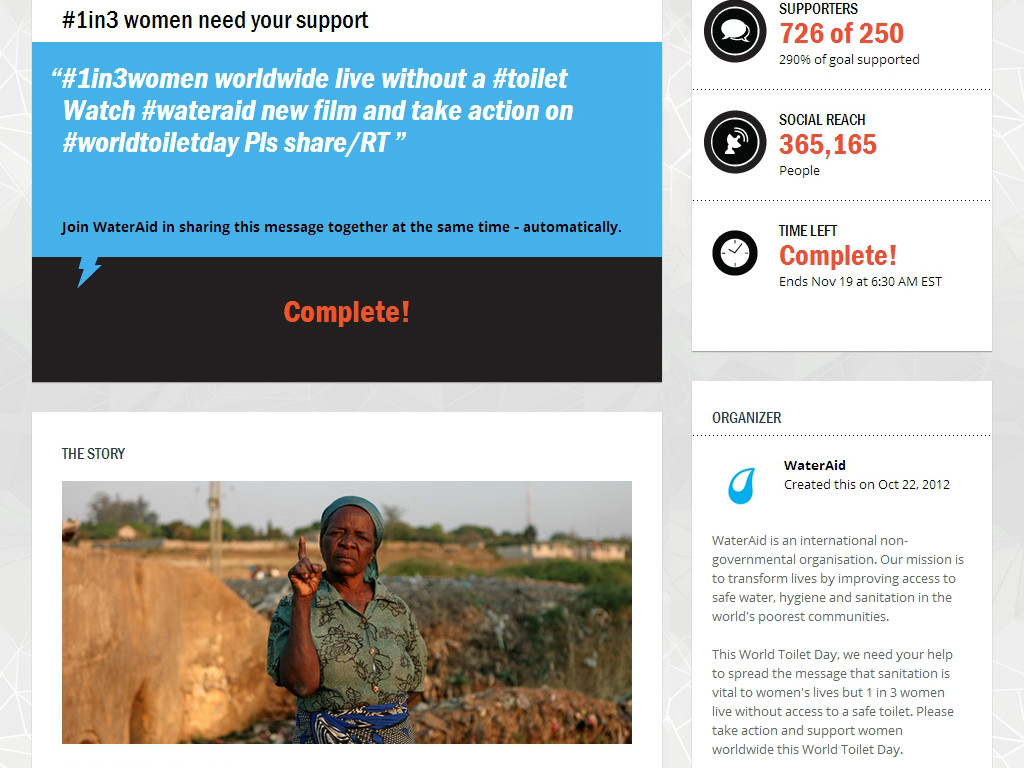
Thunderclap was an easy, low-cost tool for the 2012 WaterAid campaign for World Toilet Day.
“We posted images of women talking about sanitation affecting their lives,” Bailey says. “We then used the paid post feature to increase the reach to almost one million people.”
WaterAid UK engagement officer Rebecca Owen says part of the success of the WaterAid campaign was that it was focused.
“We focused on toilets, not everything about sanitization,” she says.
WaterAid kept the pledge action simple, and aiming for 15,000 hits to the campaign page, reported instead 32,000, about 7,000 of which came from direct e-mails to supporters.
“The rest were from social media,” she says.
“We received 1,000 new Facebook fans over a week,” she says. “That’s fairly significant.”
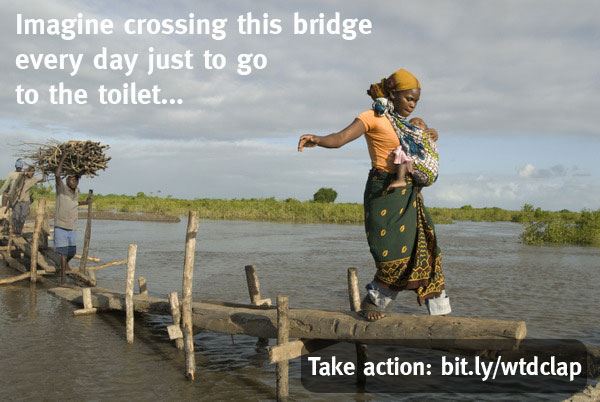
Facebook images with text proved to engage more people than images with no text.
Stay Connected: @rossb82 @WaterAid
Related Post:
Blurring the boundaries: four creative campaign that blend online and offline
Do you have an innovation in mobilisation and people-powered campaigns? Share it with Mob Lab by contacting moblab@greenpeace.org.
Categories:
tech, tools and tactics